Forsythia Winter Damage: How To Treat A Cold Damaged Forsythia


Forsythia plants are easy-care shrubs with yellow blossoms that appear in early spring. They produce many stems and often need pruning to keep looking their best. Cold or windy winters may injure forsythias, but they usually recover. If you are wondering how to treat a cold damaged forsythia or seek tips on pruning a damaged forsythia, read on.
Forsythia Winter Damage
Since forsythia is a deciduous shrub, it loses its leaves and goes dormant in winter. However, that doesn’t mean that it can’t suffer from winter cold. Forsythia shrubs are hardy in USDA plant hardiness zones 5 through 8. The shrubs can survive cold temperatures down to -20 degrees F. (-29 C.). Expect forsythia winter damage if zone 5 winters are colder than usual. Roots are not the first thing to be damaged, since they are insulated by snow. Forsythia cold damage can include flower bud death. While flower buds are not the only part of forsythia shrubs exposed in winter, they are the most tender plant parts above ground. Flower buds may fall victim to forsythia winter damage, while stems and leaf buds will not suffer hard. Branches and leaf buds tolerate cold temperatures better than flower buds, but they can still suffer damage. When twigs, stems, and shoots suffer forsythia cold damage, their color changes and they look dry or wrinkled.
Can I Save My Frozen Forsythia?
When you see forsythia winter damage, you are likely to wonder: can I save my frozen forsythia? You’ll want to know how to treat a cold damaged forsythia. The answer to that question is most likely yes. You just may need to think about pruning. Pruning a damaged forsythia will also rejuvenate the shrub. The first thing to do when you notice winter damage in your forsythia is to be patient. Do not run out with the shears and chop off limbs. Wait until late spring or early summer to act in order to give the plant time to recover. By that point, living canes will develop new leaves and shoots. If winter's cold temperatures have destroyed the flower buds on forsythia cultivars, the shrubs are not going to produce many, if any, flowers in spring. However, they will recover and produce flowers the next year. If you determine that a forsythia trunk or branch is severely damaged, cut it back to the crown. You can cut up to one-third of the canes per year.
Gardening tips, videos, info and more delivered right to your inbox!
Sign up for the Gardening Know How newsletter today and receive a free copy of our e-book "How to Grow Delicious Tomatoes".

Teo Spengler is a master gardener and a docent at the San Francisco Botanical Garden, where she hosts public tours. She has studied horticulture and written about nature, trees, plants, and gardening for more than two decades. Her extended family includes some 30 houseplants and hundreds of outdoor plants, including 250 trees, which are her main passion. Spengler currently splits her life between San Francisco and the French Basque Country, though she was raised in Alaska, giving her experience of gardening in a range of climates.
-
 Looking For Plants To Give You The Soft And Fuzzies? Try These 5 Fuzzy Leaf Plant Options
Looking For Plants To Give You The Soft And Fuzzies? Try These 5 Fuzzy Leaf Plant OptionsLovers of texture, drama, silver foliage and tactile plants will adore these special sensory garden additions. These fuzzy leaf plant options will leave you all aglow
By Susan Albert
-
 Get Ready For A Summer Of Hummers! Grow These Full Sun Hummingbird Plants and Flowers
Get Ready For A Summer Of Hummers! Grow These Full Sun Hummingbird Plants and FlowersIf you’re lucky enough to enjoy a sunny backyard, make sure you are maxing out on your pollinator opportunities and grow these full sun hummingbird plants and flowers
By Tonya Barnett
-
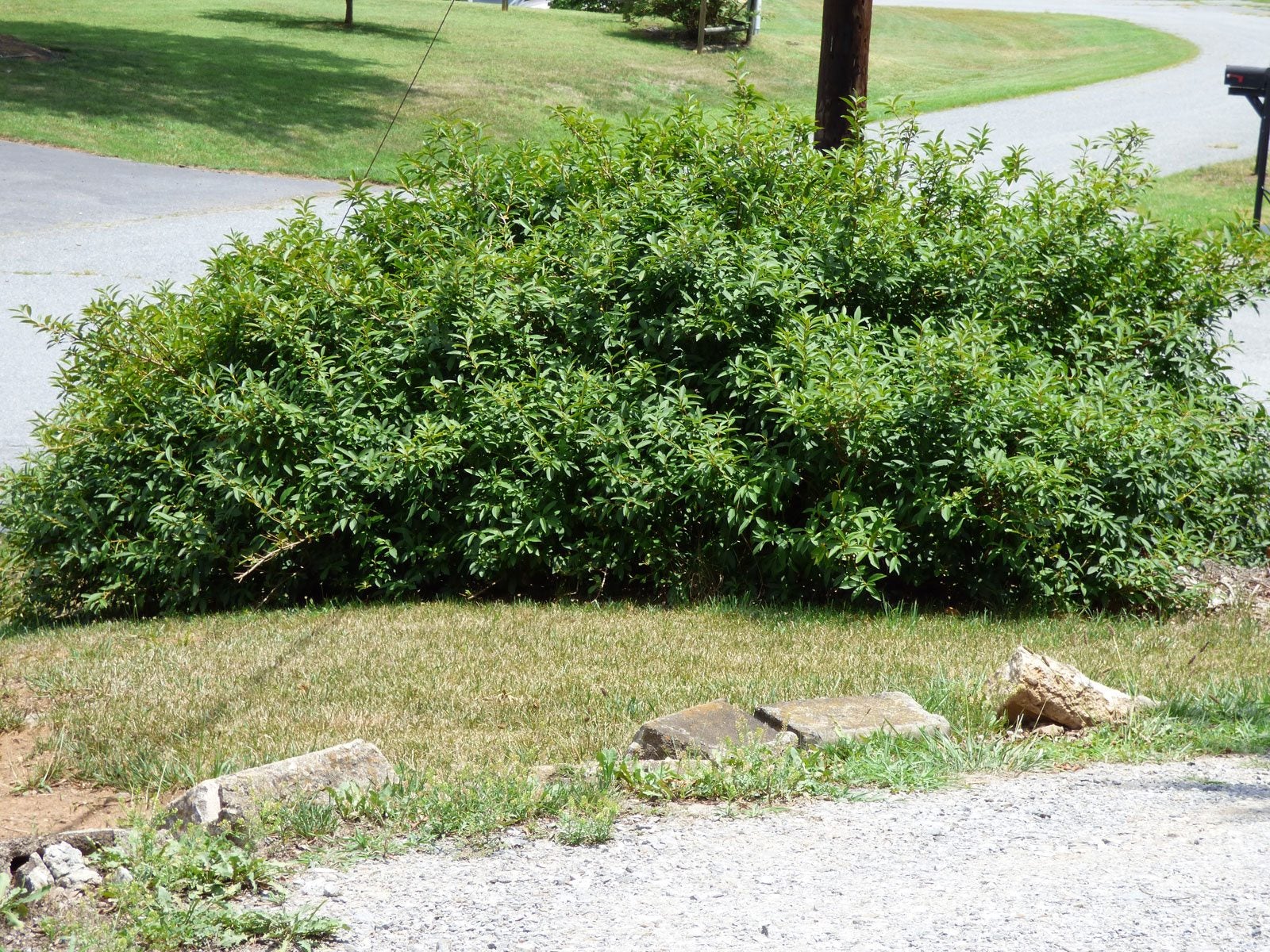 Forsythia Rejuvenation Pruning: Tips On Hard Pruning Forsythia Bushes
Forsythia Rejuvenation Pruning: Tips On Hard Pruning Forsythia BushesForsythias may start out as attractive landscape shrubs, but over time they can lose their luster. Learn more about hard pruning forsythia bushes once they've outgrown their space by clicking on the following article.
By Karen Boness
-
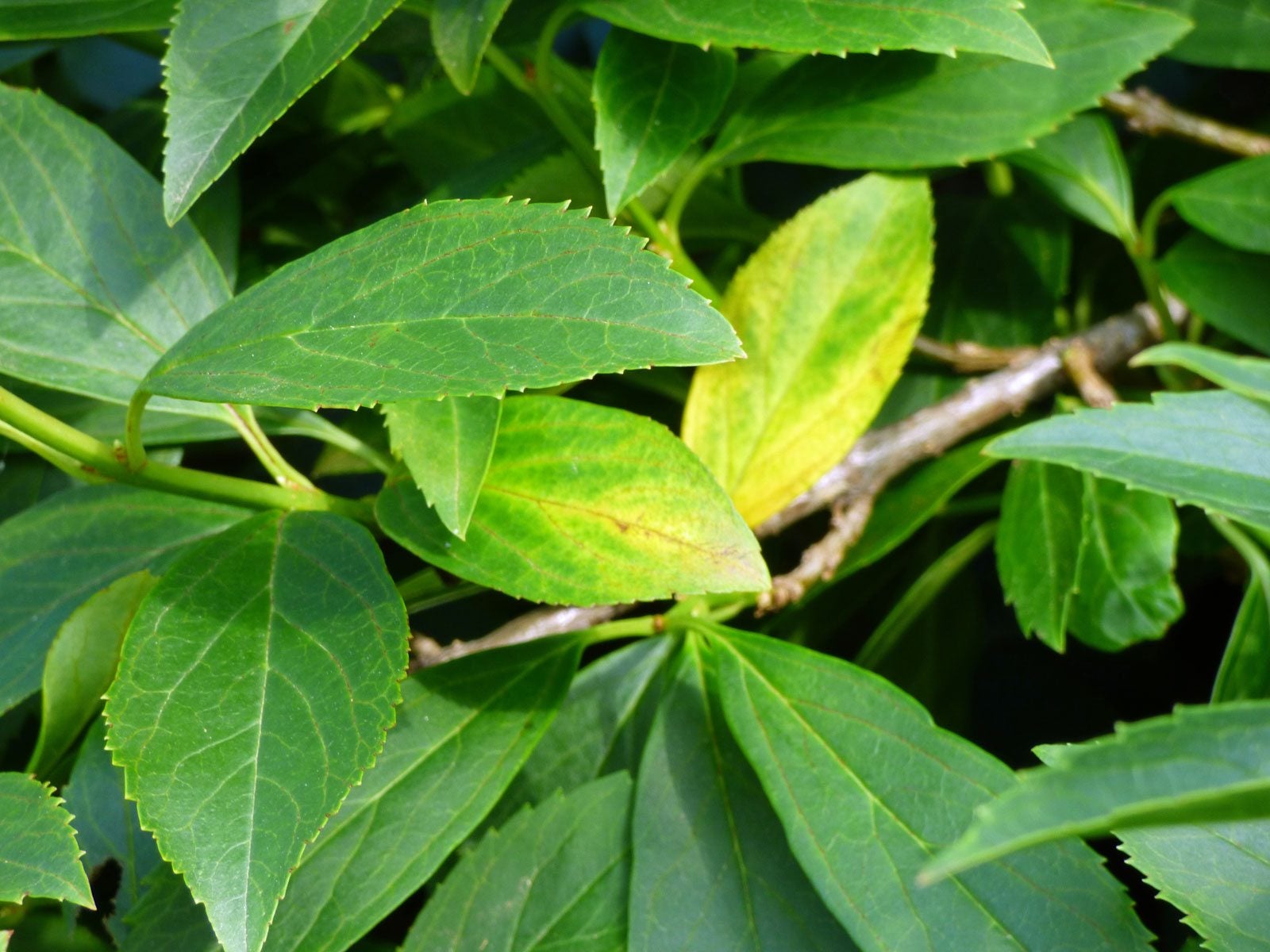 Forsythia Leaves Turning Yellow – Reasons For Yellow Leaves On Forsythia
Forsythia Leaves Turning Yellow – Reasons For Yellow Leaves On ForsythiaIf you see your forsythia leaves turning yellow, it could be a sign of a significant fungal issue. Yellowing forsythia bushes are normal before fall leaf drop but during the growing season it's time for action. Learn more here.
By Bonnie L. Grant
-
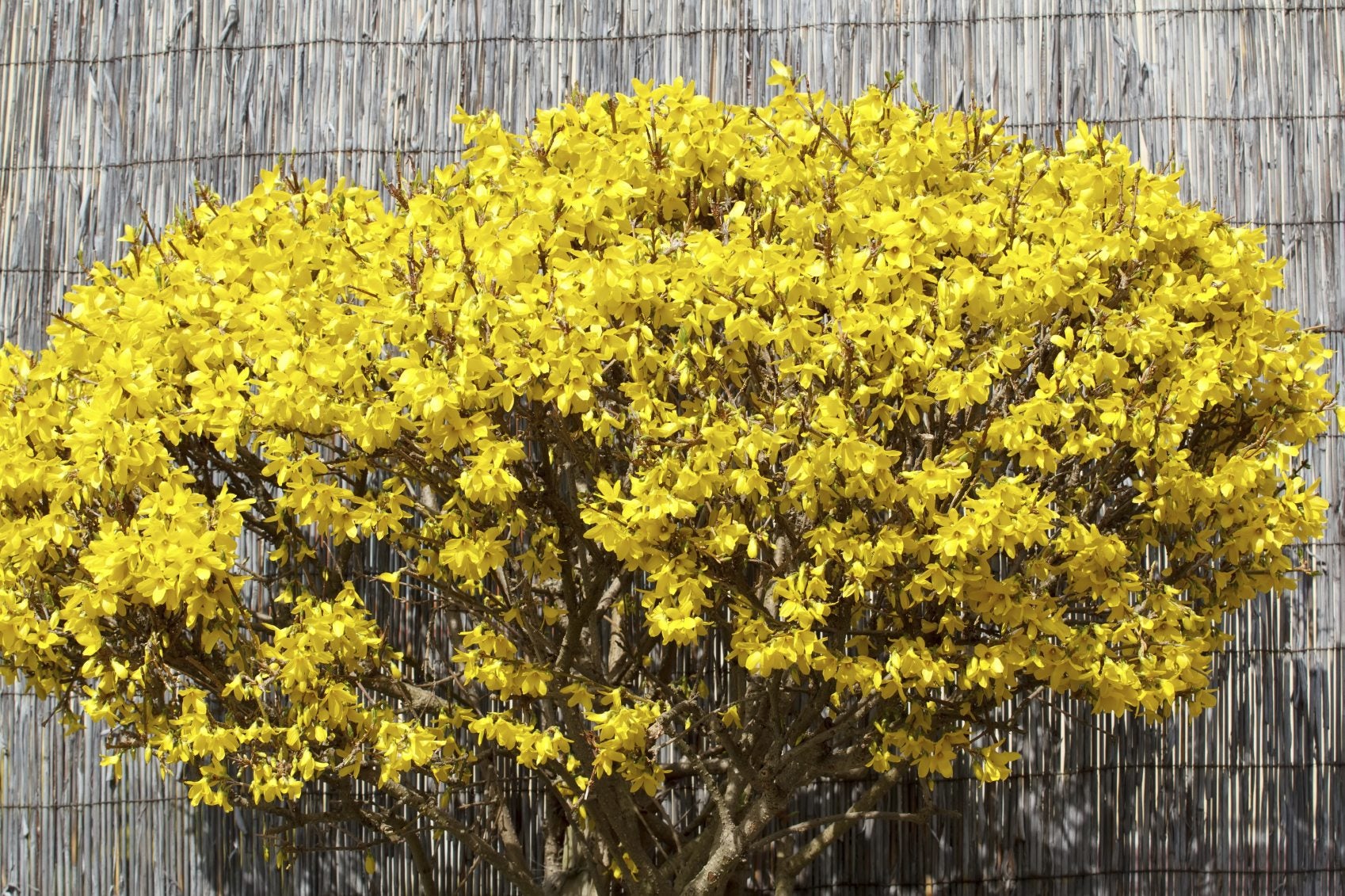 Varieties Of Forsythia: What Are Some Common Forsythia Bush Varieties
Varieties Of Forsythia: What Are Some Common Forsythia Bush VarietiesKnown for its bursts of brilliant yellow color that arrive even before the first leaf unfurls, forsythia is a delight to behold. But what other types are there? Find out about some popular forsythia varieties in this article. Click here for more info.
By Jackie Carroll
-
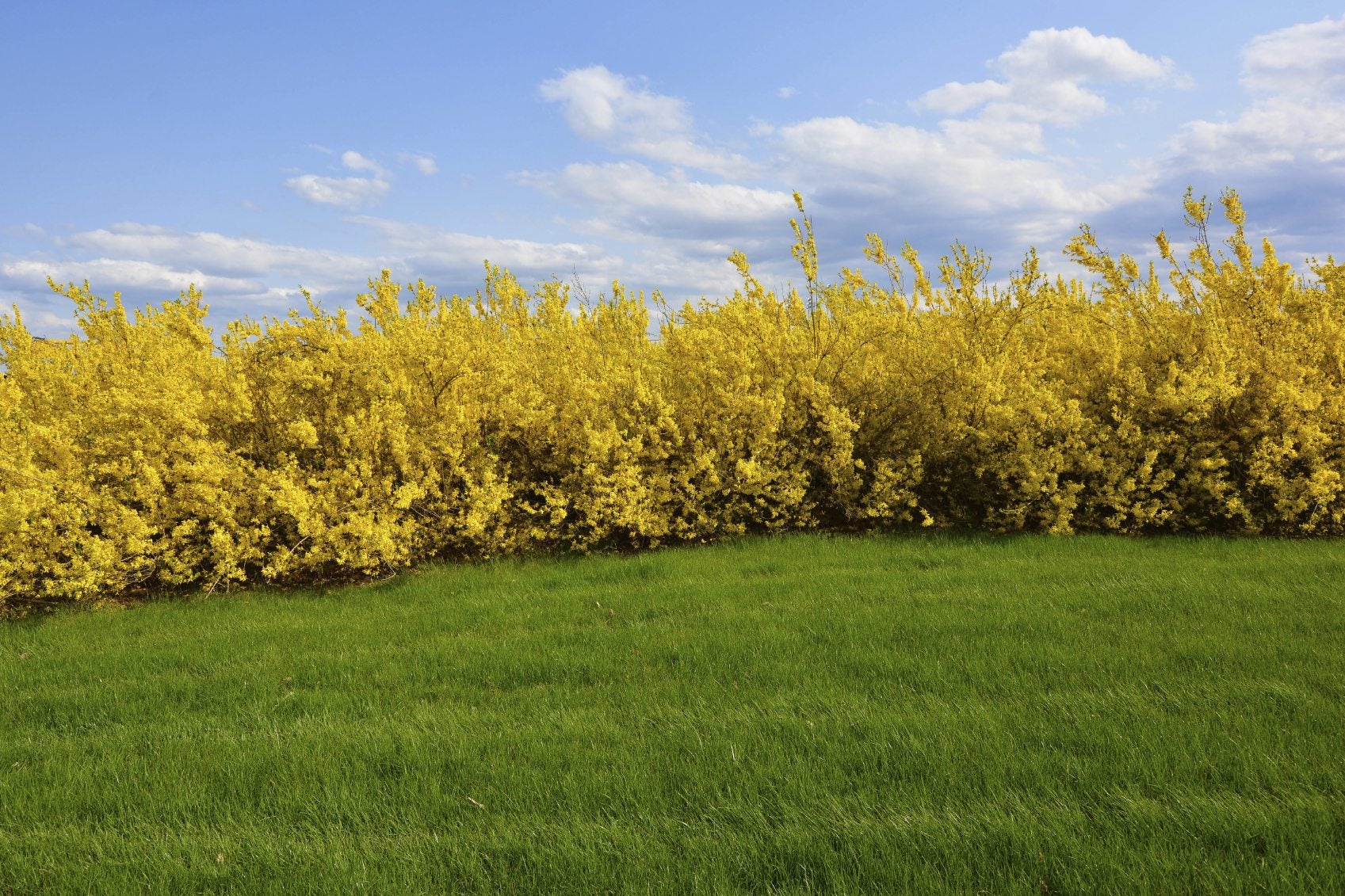 Planting Forsythia Hedges: Tips On Using Forsythia As A Hedge
Planting Forsythia Hedges: Tips On Using Forsythia As A HedgeIf you plan on using forsythia as a hedge, it is important to plant them correctly. This article has information on planting forsythia hedges and forsythia hedge pruning so you can find success with this type of hedge. Click here to learn more.
By Teo Spengler
-
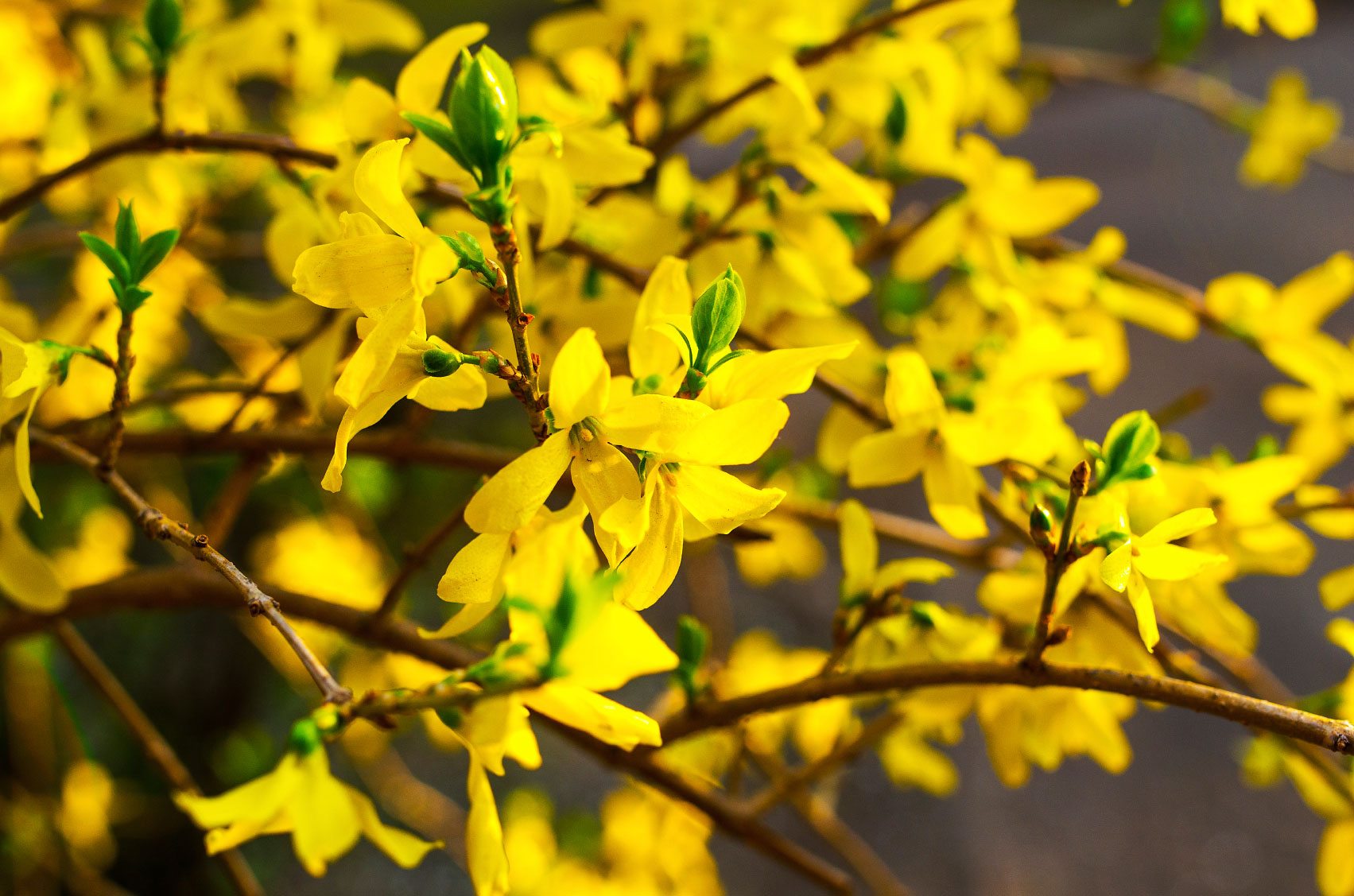 Can You Propagate Forsythia: How To Propagate Forsythia Shrubs
Can You Propagate Forsythia: How To Propagate Forsythia ShrubsForsythia bursts into bloom in late winter, well ahead of most other early-season shrubs. They look fantastic in groupings and shrub borders. If you can't get enough of them, read this article to find out about propagating forsythia plants.
By Jackie Carroll
-
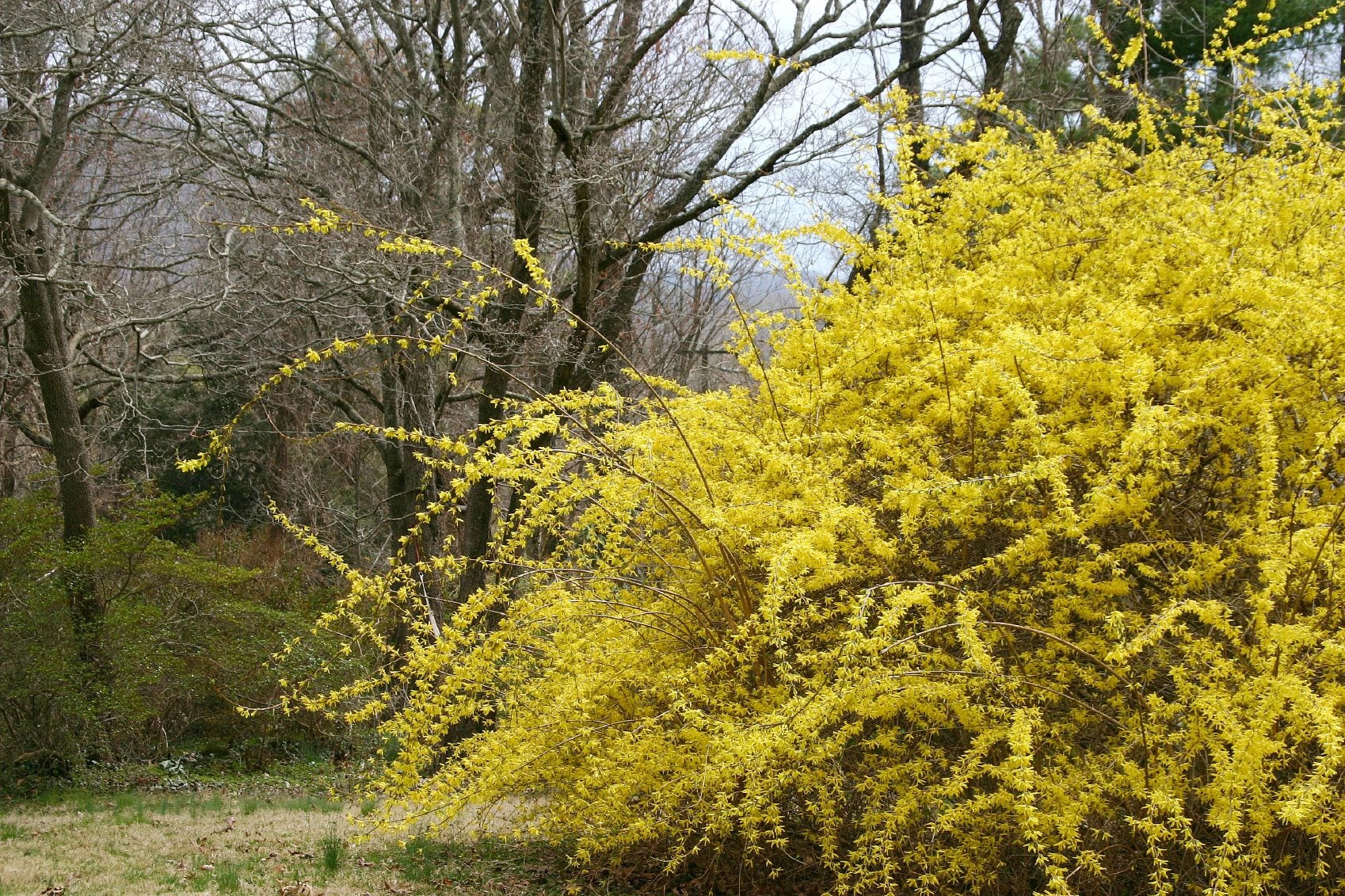 Tips For Growing A Weeping Forsythia Shrub
Tips For Growing A Weeping Forsythia ShrubA true harbinger of spring, forsythia blooms in late winter or spring. Weeping forsythia is slightly different from its cousin, the border forsythia, in that it has trailing branches. This article explains how to care for this large, graceful shrub.
By Jackie Carroll
-
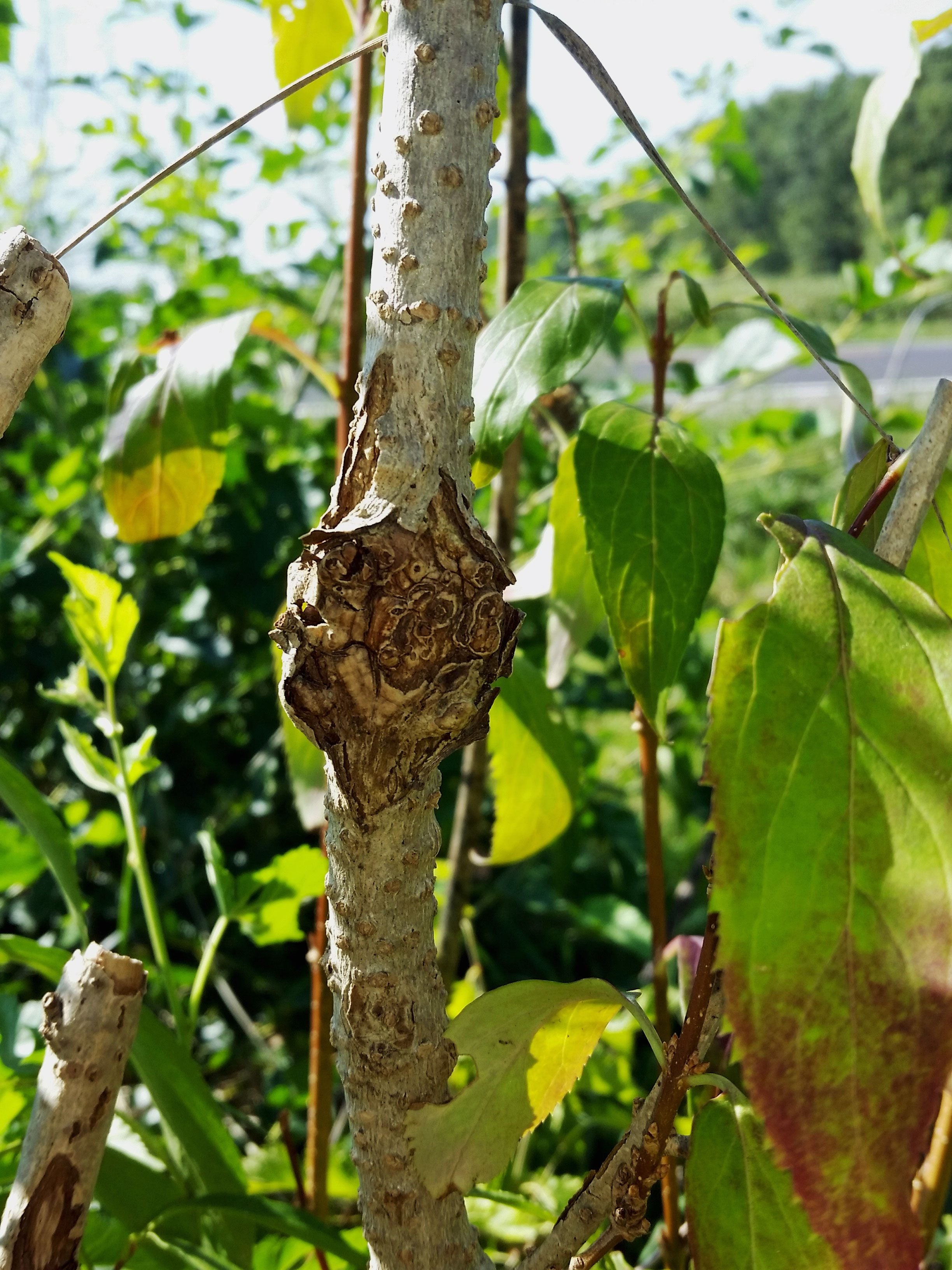 Forsythia Gall Treatment: How To Fix Phomopsis Gall On Forsythia Bush
Forsythia Gall Treatment: How To Fix Phomopsis Gall On Forsythia BushForsythia shrubs are well known for their beauty and tenacity, but even the toughest of these shrubs can become sickly in the presence of phomopsis galls. Read this article to find out how to manage this unsightly fungus.
By Kristi Waterworth
-
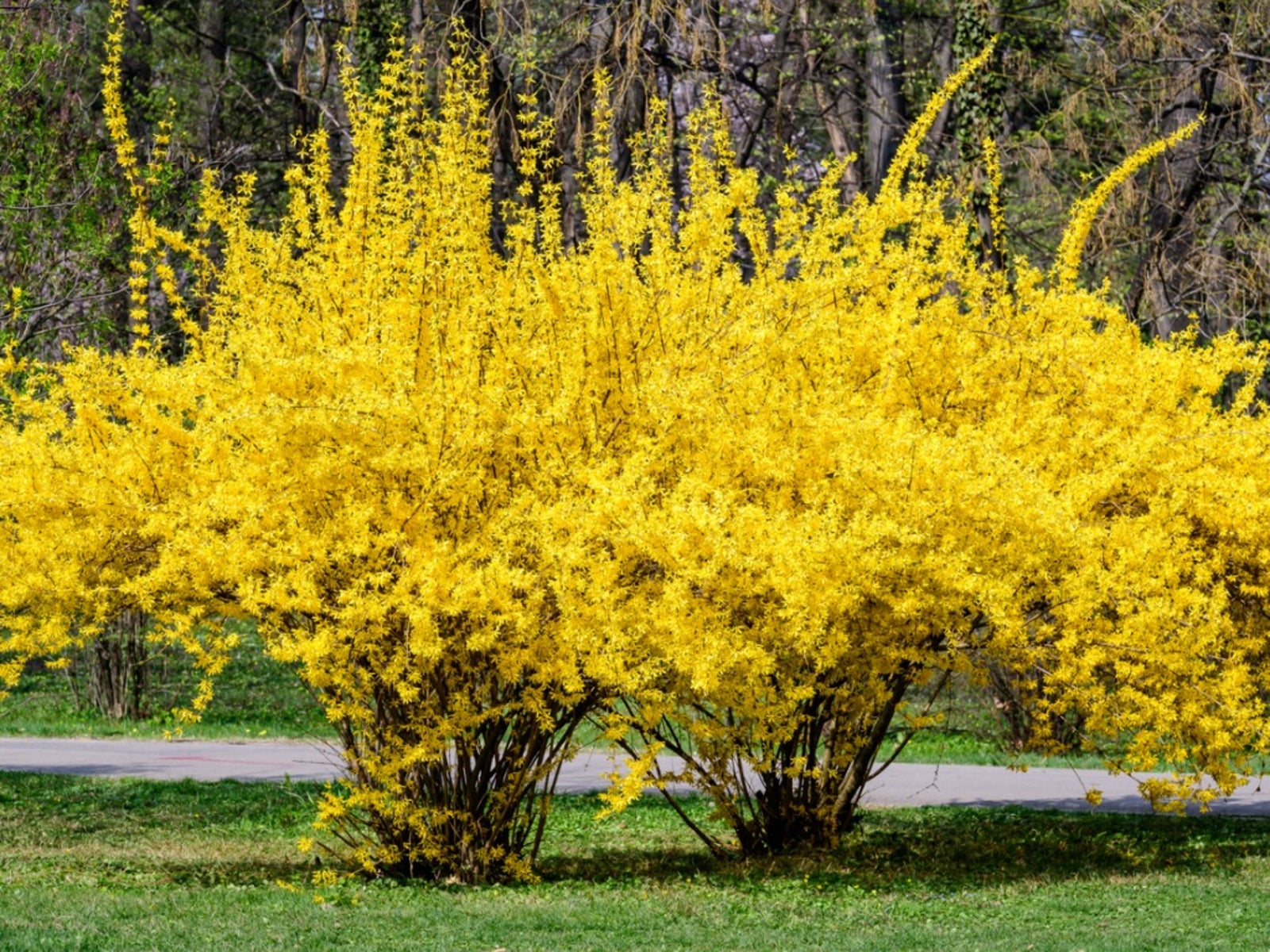 Reasons Why A Forsythia Will Not Bloom
Reasons Why A Forsythia Will Not BloomNothing says spring like those bright yellow blooms. But what happens when spring comes and nothing happens? If there are no blooms on the forsythia bush, it helps to pinpoint the issue. This article will help.
By Jackie Rhoades